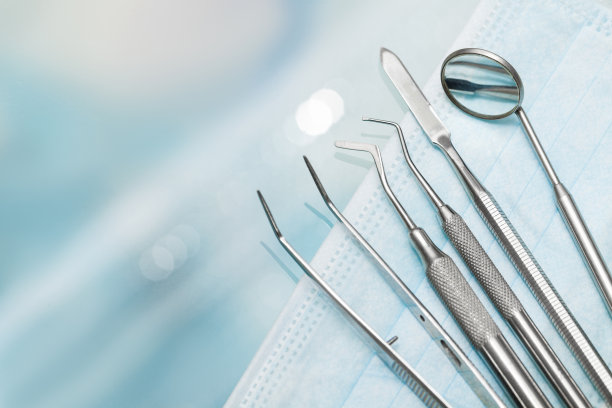The Vital Process and Aftercare of Extracting a Tooth for Oral Health and Wellbeing
Summary: Tooth extraction is a critical component of oral health management, often necessary to alleviate pain, prevent further dental issues, or make way for orthodontic procedures. This article explores the vital process of extracting a tooth, including its indication, the procedure itself, aftercare, and the potential complications that may arise. Understanding these aspects not only aids in ensuring a successful extraction but also promotes overall wellbeing. By examining each of these factors, individuals can prepare themselves better for the procedure and recovery, ensuring a smoother transition towards improved oral health.
1. Indications for Tooth Extraction

Tooth extraction is not a decision made lightly, and it is usually based on several critical indications. One of the primary reasons for extraction is severe tooth decay, which can lead to infections and chronic pain. When a tooth is decayed beyond the point of restoration, it is often safer and more beneficial to remove it to protect the surrounding teeth and gum tissue.
Additionally, periodontal disease—a condition that affects the gums and supporting structures of the teeth—can necessitate extraction. As the disease progresses, it can lead to tooth mobility and potentially severe infections. In such cases, extracting the affected tooth may help prevent further complications.
Finally, tooth extraction can be a crucial step in orthodontic treatment. Often, there is insufficient space in the mouth for all of the teeth to align correctly. Removing one or more teeth can create the necessary space for braces to effectively realign the remaining teeth, leading to improved dental health and aesthetics.
2. The Tooth Extraction Procedure Explained
The extraction process begins with a thorough assessment by a dentist, including X-rays to visualize the tooths structure and any underlying issues. After ensuring the patient is adequately prepared, anesthesia is administered to minimize discomfort during the procedure. Local anesthesia is often sufficient, but sedation options may be available for those with dental anxiety or for more complex extractions.
Once the anesthesia takes effect, the dentist carefully begins the extraction. For a simple extraction, the tooth is loosened using specialized tools and then removed straightforwardly. However, if the tooth has broken off or is impacted within the gum line, a more complex surgical extraction may be required, involving incisions in the gum tissue.
After the extraction, the dentist will provide instructions for care and may place gauze to control bleeding. The entire process is designed to be as efficient and painless as possible, allowing for a secure removal of the problematic tooth while minimizing trauma to the surrounding tissue.
3. Post-Extraction Aftercare Guidelines
After a tooth extraction, proper aftercare is crucial for recovery and minimizing discomfort. Initially, patients are advised to bite down on a gauze pad for at least 30 minutes to control bleeding. Following this period, they should avoid strenuous activities that could dislocate the blood clot forming in the socket. This process is essential for the healing of the tissue.
Patients should also pay attention to their diet. Soft foods like yogurt, applesauce, and mashed potatoes are recommended for the first few days after the extraction. Hot, spicy, or crunchy foods should be avoided as they may irritate the extraction site or introduce bacteria.
Moreover, maintaining oral hygiene is vital, but caution must be taken around the extraction area. Patients are encouraged to rinse gently with warm salt water and avoid brushing directly on the extraction site for a few days. Following the dentists aftercare instructions can significantly enhance recovery, reducing complications such as dry socket.
4. Complications and When to Seek Help
Despite the straightforwardness of tooth extraction, complications can arise. One common issue is dry socket, which occurs when the blood clot fails to form properly or is dislodged before the site heals. This condition is painful and may require additional treatment from a dental professional.
Infections are another possible complication. Signs of infection can include persistent pain, swelling around the extraction site, and fever. If these symptoms occur, it is crucial to contact a dentist promptly to prevent more serious issues.
Additionally, some patients may experience prolonged bleeding. If bleeding continues beyond the first couple of hours after the extraction or if there is severe discomfort, seeking immediate dental advice is essential. Regular follow-ups with a dentist can help in addressing any potential complications early, ensuring a smoother recovery process.
Summary:
Understanding the vital process of tooth extraction and its required aftercare is essential for maintaining oral health and overall wellbeing. From identifying the right reasons for extraction to following through with post-operative care, each step plays an integral role in the recovery process. Being informed will facilitate a more comfortable experience and can lead to significant long-term oral health benefits.
This article is compiled by Vickong Dental and the content is for reference only.



